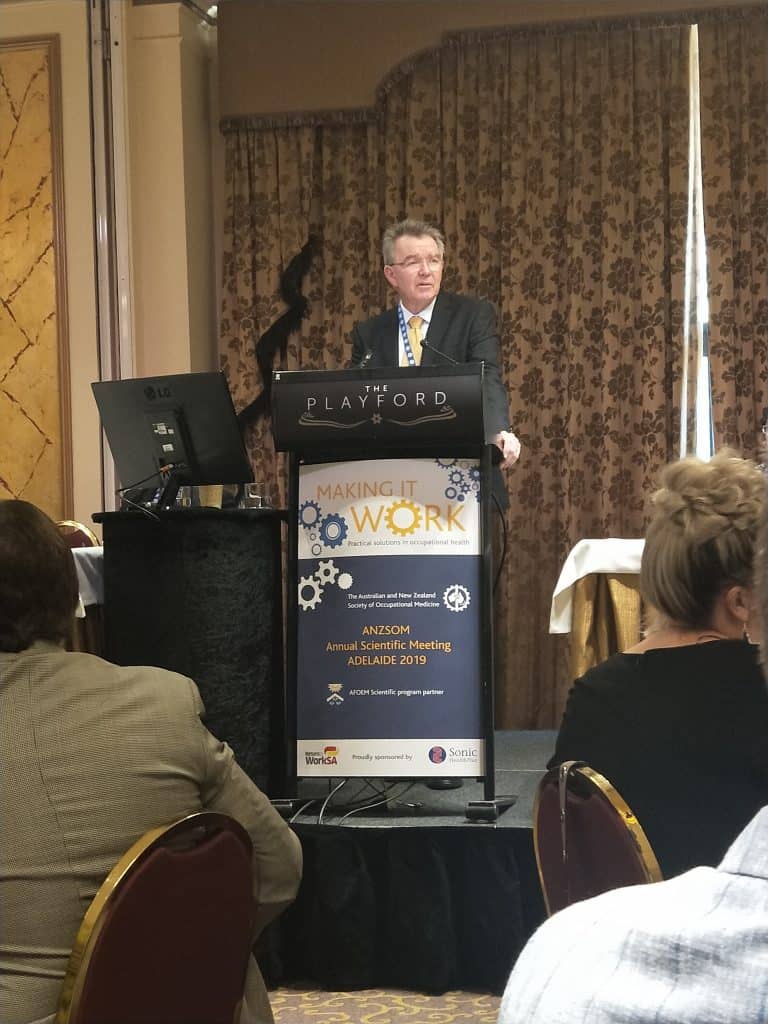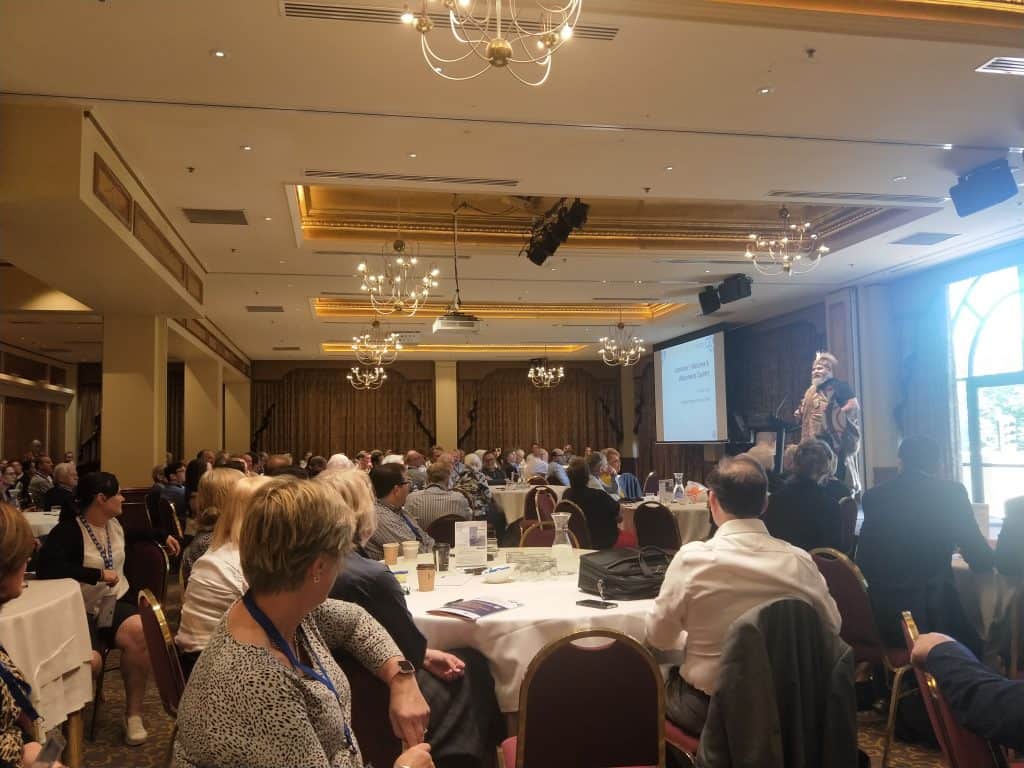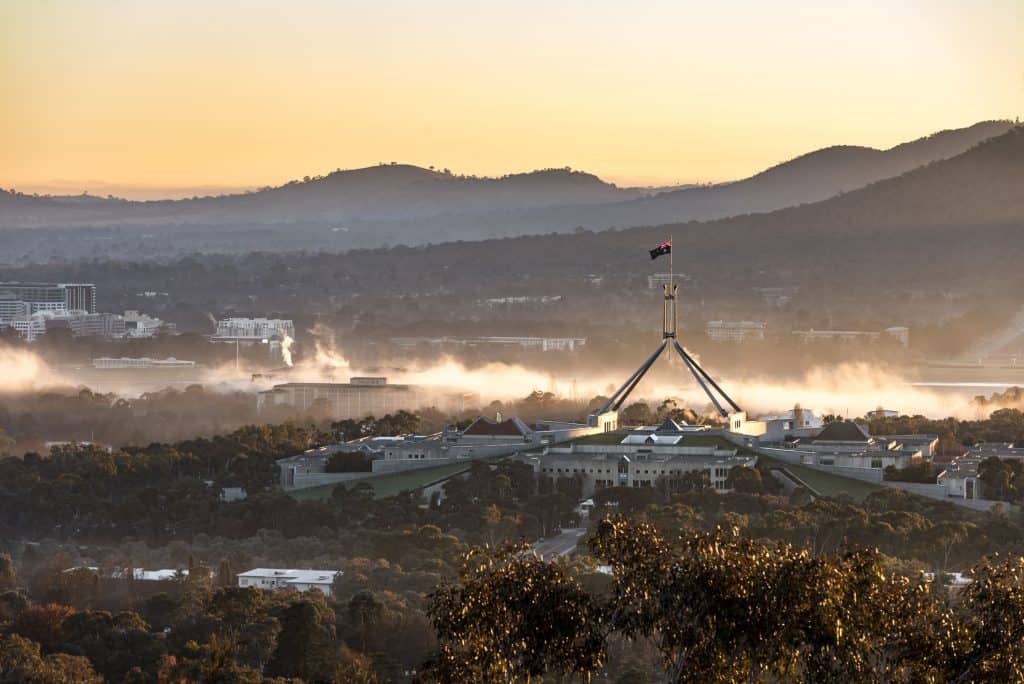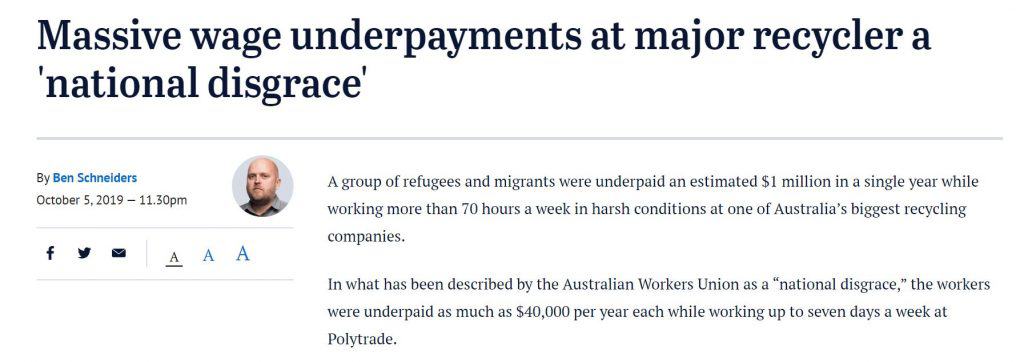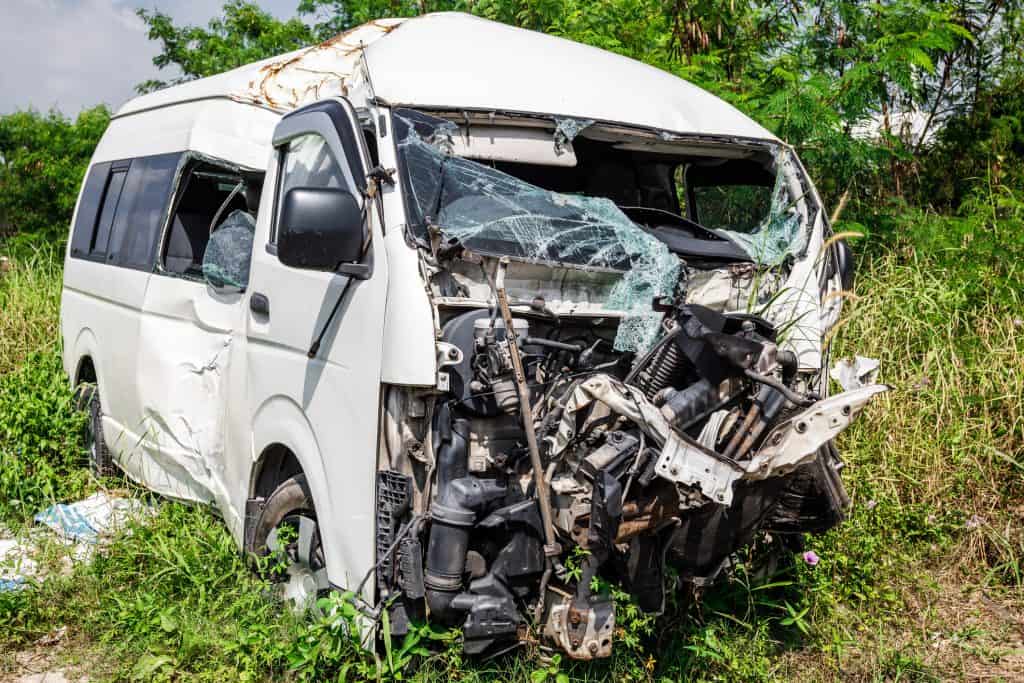
One of the the most ignored areas of occupational health and safety (OHS) is the light commercial and fleet/company vehicles. This is changing in Australia, partly, because the former head of the Transport Workers Union, Tony Sheldon is now a Senator.
In Senate Estimates on October 23, 2019 (page 117 onwards), Senator Sheldon challenged the heads of Safe Work Australia on workplace vehicle safety. He posed a scenario in relation to the collection of injury/incident data:
Continue reading “OHS of work vehicles starts to get national attention”“If you’re a truck driver and you’re operating for, say, a major retailer and you’re contracted to a transport company and your contract is as an owner-driver—you own your own rig—and you get injured whilst you’re out on the road and you get seriously injured, under what circumstances would that be included and under what circumstances would it not be included in your statistics for serious injury?”

